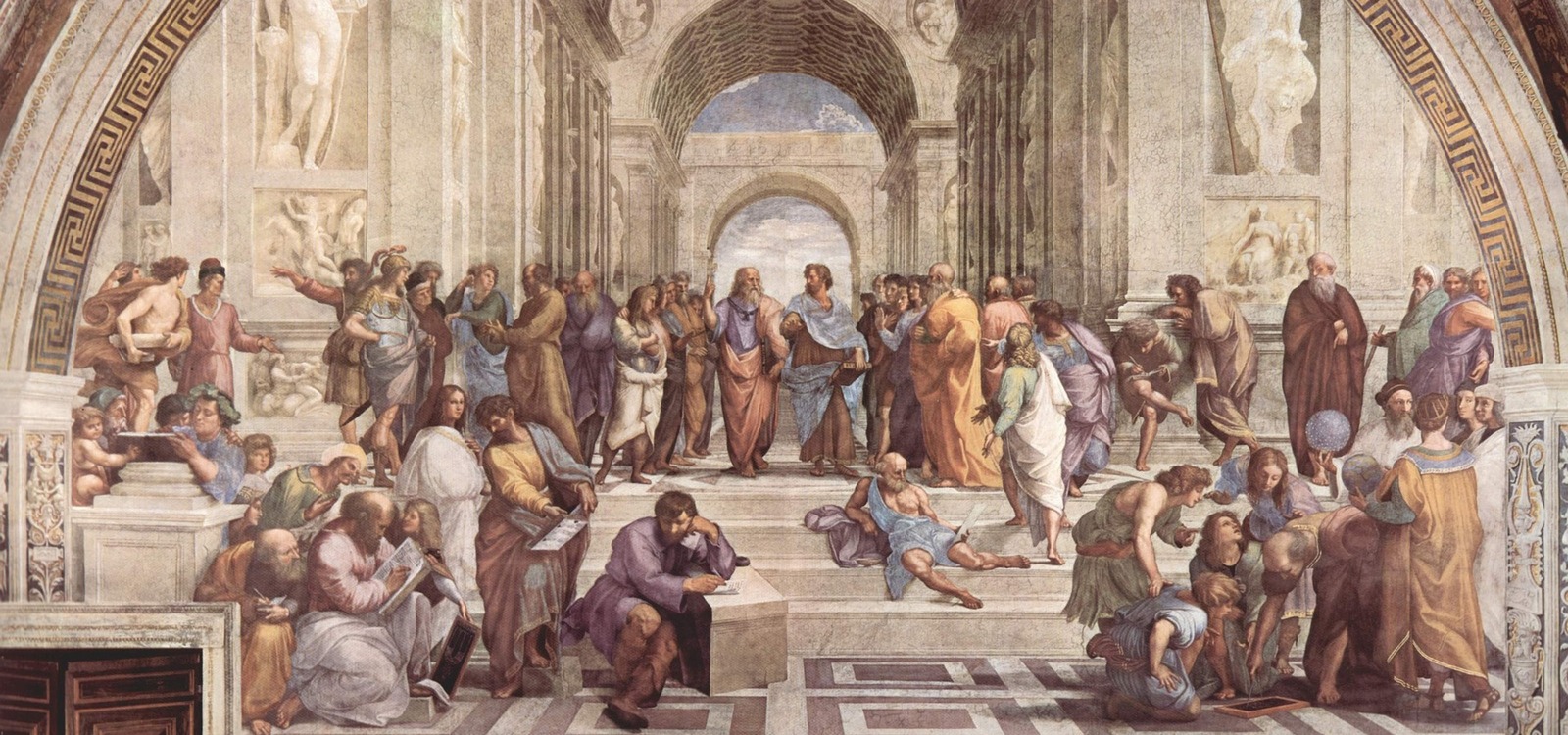
Renaissance
In addition to the illuminated manuscripts created by monks during the Middle Ages, the next significant contribution to European art was made by Italian Renaissance artists. From Giotto in the 13th century to Leonardo da Vinci and Raphael in the early 16th century, this was the richest period in Italian art, as light and shadow techniques were used to create the illusion of three-dimensional space.
The Italian school was influenced by artists in northern Europe. Jan van Eyck of Belgium, Pieter Bruegel the Elder of the Netherlands, and Hans Holbein the Younger of Germany were among the most successful artists of the time. They used the technique of glazing with oils to achieve depth and vividness.